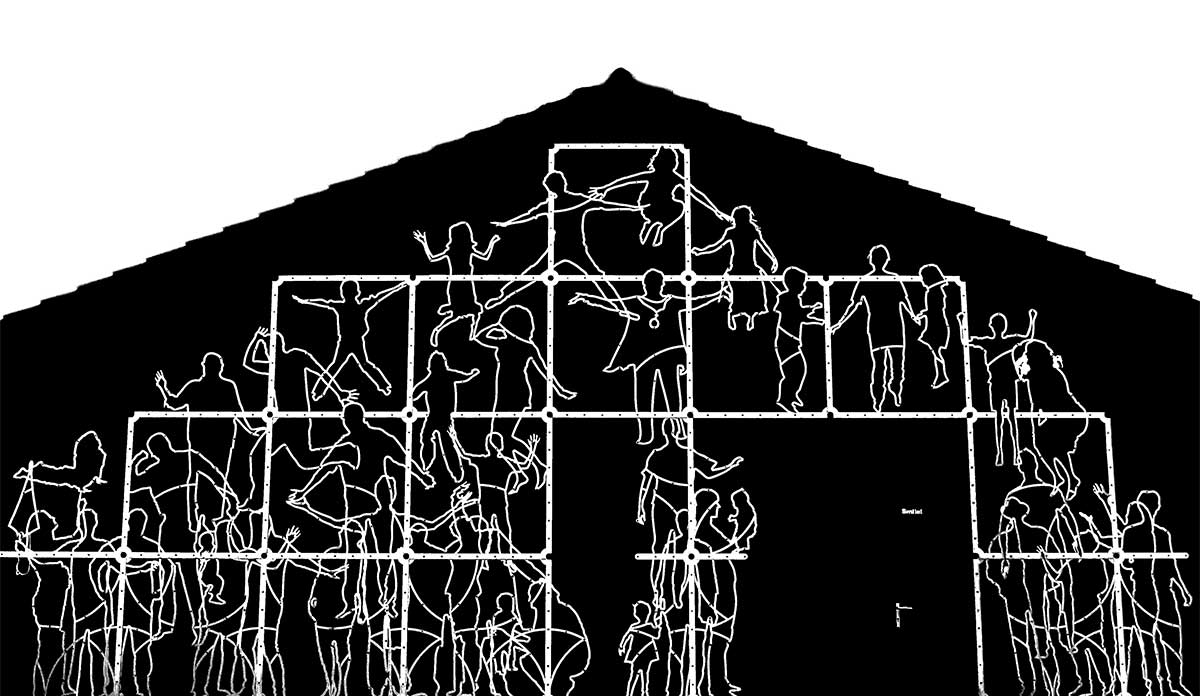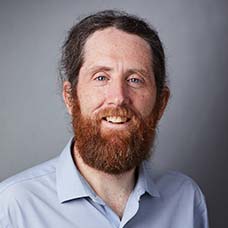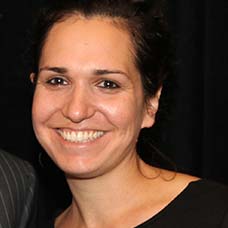Marginalization from community life, stemming from stigma and other structural factors, is a common experience among people living with serious mental illnesses. It also emanates from a shield and protect framework implemented by well-meaning service providers, who endeavor to protect clients from those very factors or risks. This type of clinical intervention can create a gatekeeping dynamic that dampens social agency and prevents independent exploration of one’s rightful place in the community. One reason for perpetuating this dynamic is that individuals with serious mental illness are often seen as vulnerable and unable to participate in the complex social dynamics of their communities. Though well-intentioned, this can be tallied as one failure of the community mental health system. Project Connect in New Haven, Connecticut seeks to address this failure by operating on the edges of the mental health system and providing individuals with serious mental illness opportunities to develop community connections that build confidence through self-determination and pursuing their personal interest.
…individuals with serious mental illness are often seen as vulnerable and unable to participate in the complex social dynamics of their communities. Though well-intentioned, this can be tallied as one failure of the community mental health system.
Project Connect recognizes participants as experts and staff as contributors. This is quite different from more traditional community interventions that address client needs through a hierarchical framework in which clinician is expert and client is contributor. This is founded in a fundamental principle of the program: individuals with serious mental illness should not be defined only through their illness. When community integration is addressed through a mental health clinic, the integration is sensibly rooted in the person’s reason for coming to that clinic. Project Connect aims to work on the fringes of the traditional mental health system by recognizing these same individuals through their own expressed identities—their passions, talents, interests, and areas of curiosity. To this end, Project Connect does not use tools typical of treatment settings like referrals or applications. Instead, it relies on the typical connective tools of community settings, like networking and basic person-to-person introductions.
Inspired by the work of Project Friendship in British Columbia, Project Connect staff leverage relationships with neighbors, friends, community activists, and even extended family to find connection opportunities. This maximizes the ability to find something that a participant wants to pursue, rather than falling into the pattern of creating a menu of activities, the contents of which are determined by the service provider rather than the person seeking community connection on his or her own terms.
Project Connect staff members deliberately have one foot in the mental health system and one foot in the community at large, as a way of bridging what is often experienced as a divide.
Project Connect staff members deliberately have one foot in the mental health system and one foot in the community at large, as a way of bridging what is often experienced as a divide. They are employed within the mental health system and are active, long-time residents of the community in which most Project Connect participants reside. Some also have their own experiences with serious mental illness. This unique position allows staff members to navigate and broker communication between the worlds of the service system, the loose community of people living with mental illness, and the community at large, with a firm foothold in each.
Project Connect has supported people in defining community engagement based on their own interests, including riding bikes with other cycling enthusiasts, joining in common cause with fellow activists, and teaching craft classes at a community center. In this configuration, service providers’ apprehension about the settings in which the social interactions occur cannot take precedence. Rather, the terms are determined by participants, community partners, and the resources of a given organization or neighborhood. This necessitates a realignment of the roles professionals play to support community participation. Policy makers and program developers bring people living with serious mental illness to the table as experts in their own aspirations, and include community partners as essential collaborators.
Feature image: lee roberts, Community, used under CC BY-SA 2.0














